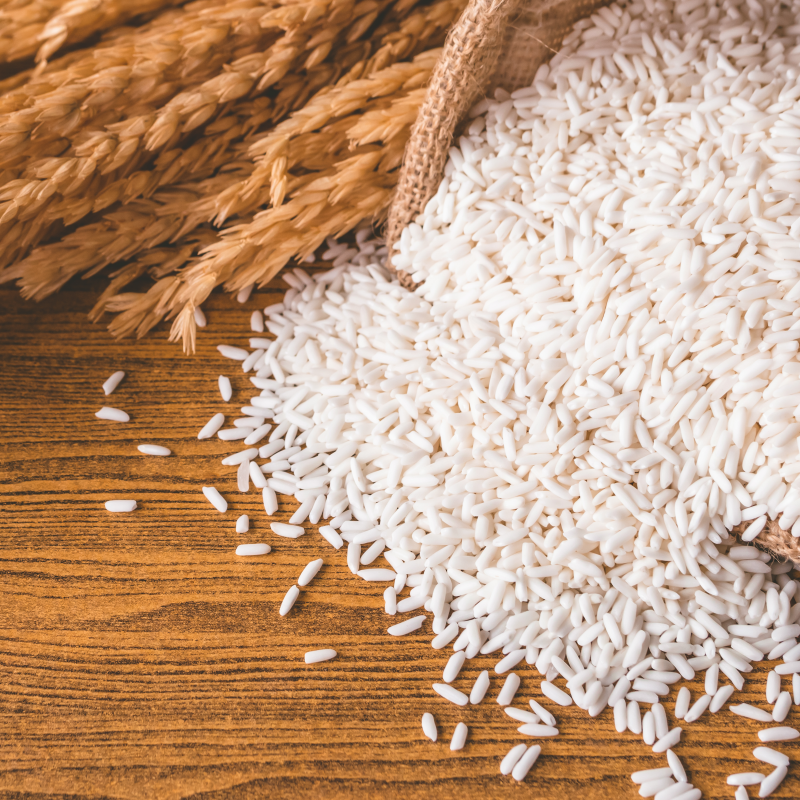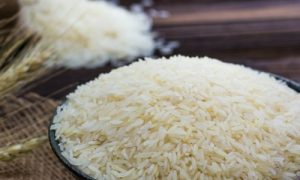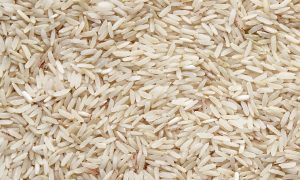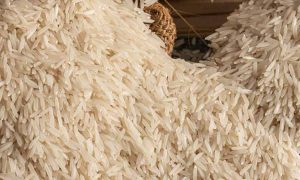Risks to cereal inflation: Is rice the new wheat?

The retail price of rice, the most widely consumed cereal, is on the rise. After battling over a year of surging wheat prices, rice could pose a new challenge for India, the top exporter globally. A lot depends on how the monsoon pans out. Mint explains:
How are prices moving?
According to the consumer affairs ministry, the average retail price of rice was ₹39.3 per kg on 3 June. That’s 8.5% higher than last year. In comparison, retail wheat inflation was at 5.6% on the same day. In the cereals, pulses and oilseeds basket, retail price rise is the steepest for rice currently, except for tur dal (pigeon pea), a pulse variety. Data from the wholesale price index published monthly shows that April rice prices were 7.7% higher than last year, compared to 7.1% inflation for wheat. The price surge in rice with wheat staying firm means that managing cereal inflation will not be an easy task.
















